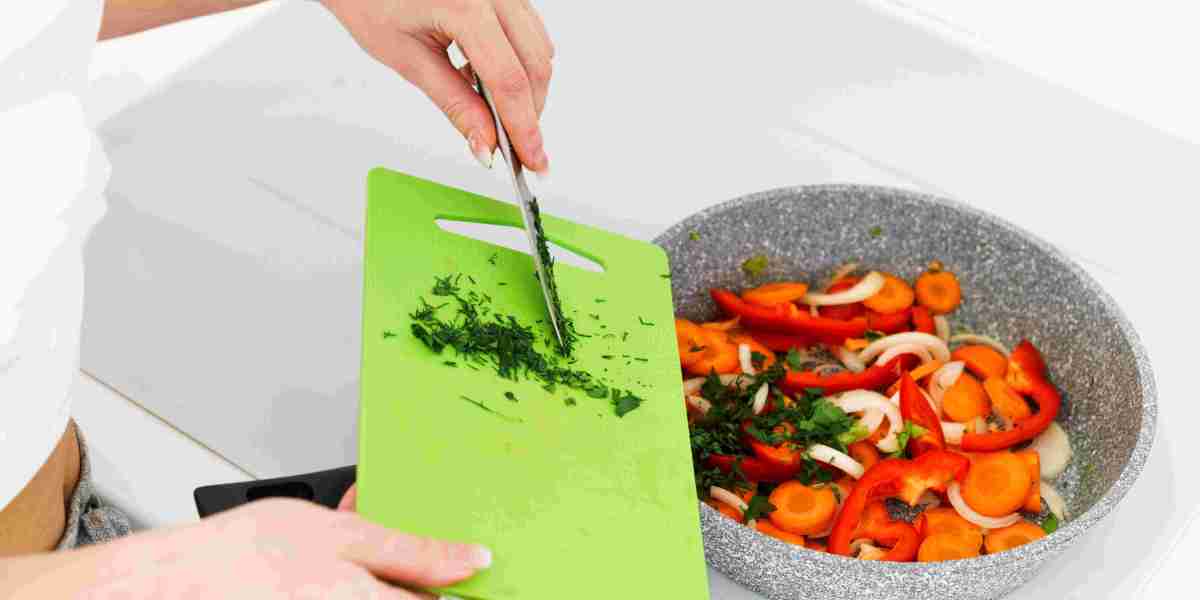When it comes to choosing the right cooking utensils, the debate between nylon and wood is common. Both materials have their advantages and drawbacks, but safety remains a major concern. Many home cooks and professionals ask, is nylon safe for cooking? In this article, we will explore the differences between nylon and wooden utensils and determine which is the better option for a safe and efficient kitchen experience.
Understanding Nylon Cooking Utensils
Nylon is a synthetic material often used for kitchen utensils due to its affordability, heat resistance, and non-stick compatibility. Nylon spoons, spatulas, and tongs are lightweight, easy to clean, and available in various shapes and sizes.
Pros of Nylon Utensils
- Affordable and widely available – Nylon utensils are budget-friendly and can be found in most kitchen stores.
- Safe for non-stick cookware – Unlike metal utensils, nylon does not scratch non-stick surfaces, preserving their lifespan.
- Heat-resistant up to a certain limit – Most nylon utensils can withstand temperatures up to 400°F (204°C), making them useful for various cooking methods.
- Easy to clean – Nylon utensils are dishwasher-safe and do not absorb moisture, preventing bacterial growth.
Cons of Nylon Utensils
- Limited heat resistance – If exposed to high temperatures above their melting point, nylon utensils can warp or release harmful chemicals.
- Potential chemical leaching – The concern is nylon safe for cooking arises from the possibility of chemical leaching when exposed to excessive heat.
- Shorter lifespan – Nylon utensils tend to wear out faster than wood or metal alternatives.
Understanding Wooden Cooking Utensils
Wooden utensils have been used for centuries and remain popular due to their natural, durable, and aesthetic appeal. Wooden spoons, spatulas, and ladles are staples in many kitchens worldwide.
Pros of Wooden Utensils
- Natural and chemical-free – Wood is a safe, organic material that does not contain synthetic compounds.
- Heat-resistant – Unlike nylon, wood does not melt or release toxins at high temperatures.
- Gentle on cookware – Wooden utensils do not scratch non-stick surfaces, making them an excellent choice for various pots and pans.
- Durable and long-lasting – With proper care, wooden utensils can last for years without breaking or degrading.
Cons of Wooden Utensils
- Requires maintenance – Wood can absorb moisture, leading to bacterial growth if not properly dried and maintained.
- Not dishwasher safe – Wooden utensils must be hand-washed and regularly conditioned with mineral oil to prevent cracking.
- Can stain and retain odors – Wood may absorb strong flavors and colors from certain foods, affecting future use.
Is Nylon Safe for Cooking Compared to Wood?
One of the primary concerns in this debate is is nylon safe for cooking? To determine this, let’s look at the safety aspects of both materials.
Heat Resistance and Safety
Wooden utensils have a higher heat resistance compared to nylon. Since wood does not melt or degrade under high temperatures, it is a safer option for cooking at high heat. On the other hand, nylon can withstand only up to a certain temperature before it starts to break down. If a nylon utensil is left resting on a hot pan for too long, it can melt, potentially contaminating food with harmful chemicals.
Chemical Concerns
The concern regarding is nylon safe for cooking is linked to the possibility of chemicals leaching into food. Some low-quality nylon utensils contain BPA (bisphenol A), which can release harmful toxins when exposed to high temperatures. High-quality, BPA-free nylon utensils are a safer option, but they still have limitations in extreme heat.
Wood, being a natural material, does not pose the same risks. It does not contain synthetic chemicals, making it a preferred choice for those looking to avoid plastic-based utensils.
Durability and Longevity
Wooden utensils, when properly maintained, last much longer than nylon. Nylon utensils tend to degrade faster, requiring frequent replacements. Over time, scratched or damaged nylon utensils can harbor bacteria and pose hygiene risks. Wooden utensils, however, can last for years if properly cared for and occasionally sanded to remove rough edges.
Hygiene and Maintenance
Both materials require proper cleaning to prevent bacterial growth. While nylon utensils are easier to clean and dishwasher-safe, they may develop cracks over time, making them harder to sanitize. Wooden utensils, on the other hand, require hand-washing and thorough drying to prevent moisture retention and bacterial buildup.
Which Should You Choose: Nylon or Wood?
When deciding between nylon and wooden utensils, consider the following:
- If you need affordable, lightweight, and non-stick friendly utensils, nylon is a good option.
- If you prioritize safety, durability, and natural materials, wooden utensils are the better choice.
- If you frequently cook at high temperatures, wooden utensils are safer due to their heat resistance.
- If you prefer low-maintenance utensils, nylon may be more convenient.
Conclusion
So, is nylon safe for cooking? The answer depends on its usage. While high-quality, BPA-free nylon utensils are generally safe for moderate-temperature cooking, they may not be suitable for high-heat applications due to the risk of melting and chemical leaching. Wooden utensils, on the other hand, offer better heat resistance, longevity, and safety but require regular maintenance.
Ultimately, the best choice depends on personal preference and cooking habits. If safety and durability are your primary concerns, wooden utensils are the superior choice. However, if convenience and affordability matter more, nylon utensils can still be a viable option when used within their heat limits.




